Introduction:
Prior to performing Special tests
-detailed HPI and PMH
-Full assessment and examination of the Spinal Region
a. ROM
b. MMT
c. Sensory Eval
d. Postural Eval
e. Neurologic eval
f. Palpation
g. Pain and disability questionnaires
– Check for Indications and Contraindications
Cervical Region
Brachial Plexus Compression test – for TOS; There could be a palpable hard mass in the area.

Spurling’s Test (Foraminal Compression test) – Used in assessment for cervical nerve root compression causing cervical radiculopathy.

Jackson Compression test (Modified Foraminal Compression test) – To identify the presence of cervical radiculopathy. Presence of nerve root irritation will cause radicular pain symptoms.

Shoulder Abduction Relief test – this test is used to evaluate for nerve root compression at C5-C7 (Other sources say C4-C6). Also known as Bakody sign. Can be done actively or passively.

Valsalva Test – It is a forced expiration. Often associated with an increase in intrathoracic and intra-abdominal pressure that can lead to an increase in blood pressure. Done for 10-15 seconds.

Naffziger test – for nerve root compression.
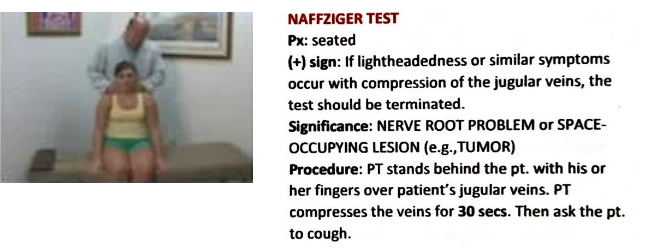
Thoracic Region / Lumbar test
Slump Test

Roo’s test

Wright test
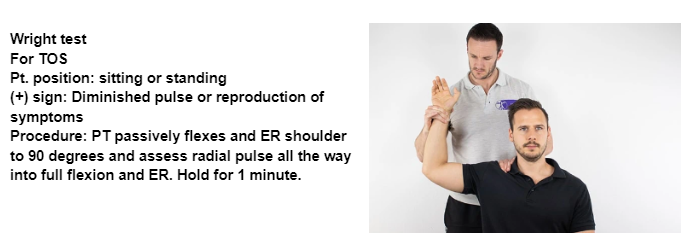
Halstead Test/Maneuver
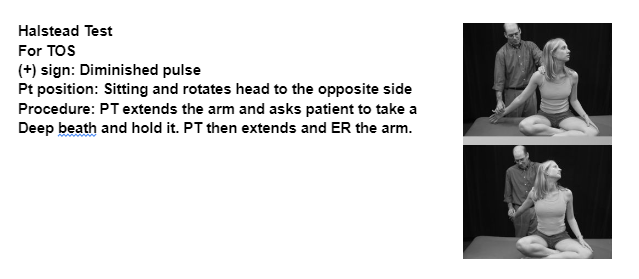
Adson Maneuver

Lumbar Region
Brudzinsksi-Kernig Test – for meningitis
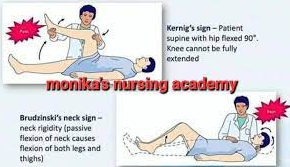
SLR – Lumbosacral nerve root irritation; Lumbar disc herniation
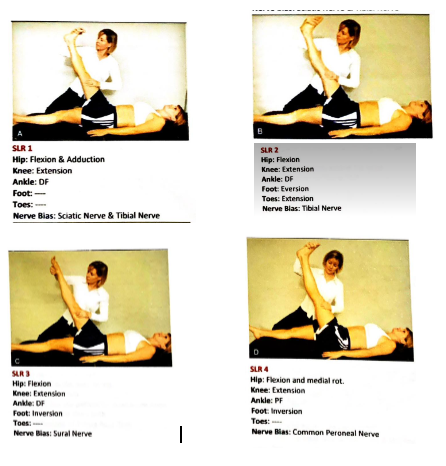
Burn’s test – If the patient can bend down but cannot go back up then the low back pain is real.

Hoover’s test

Beevor’s test
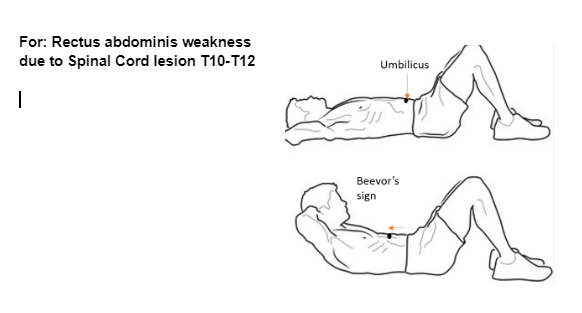
Mckenzie Slide Glide test – Spinal dysfunction related to a positional fault, lateral shift of the spine.

Pelvic Region
Flamingo Test – patient standing on one leg. Hopping up and down at least three times. Increased pain in the hip, sacroiliac, and/or symphysis pubis articulations.

Gaenslen’s test – For sacroiliac joint dysfunction: PT fully flexes one leg and pushes to extend the other leg. Positive sign is if there is a presence of pain in the SIJ.

Yeoman’s Test

Schober test – restriction in lumbar spine mobility; AS

Modified Schober Test
Modified-modified-Schober test